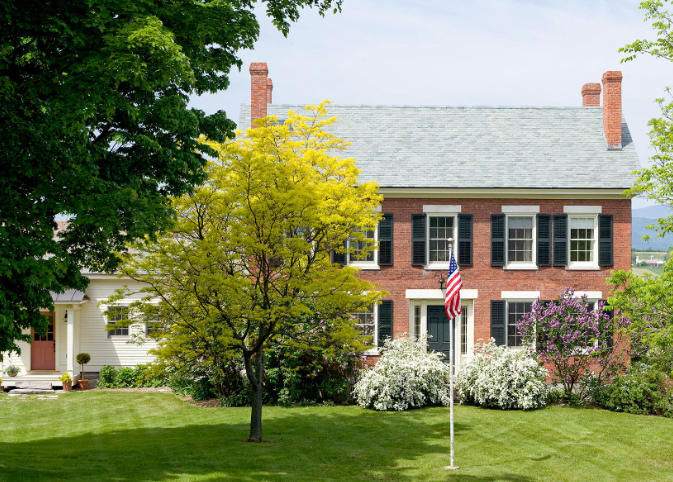
Tree shopping is an important activity for many homeowners, as they can add a special touch to their yard and bring joy to the family. However, there are several things you should keep in mind when selecting a tree, so that you get the best value for your money and ensure the tree’s long-term health. Here are 6 essential tips to bear in mind when shopping for trees:
Check the Soil Type
Before buying a tree, it’s important to consider your soil type and make sure that it matches up with the tree’s needs – otherwise, the tree may not thrive. Trees from companies like Mountain Gentry and others require certain types of soils depending on their species; some like acidic soils, while others prefer alkaline or loamy soils. You should also check for drainage and moisture levels of your soil before making your selection.
Buy Healthy Trees
Make sure that you purchase trees from a reputable nursery or garden center. A healthy tree will have no visible signs of damage or disease such as dead branches, yellowing leaves or discolored bark – all of which can be signs of poor health or ill-treatment during transport. If possible, look at several specimens before making a final decision so that you can choose based on overall health rather than price alone.
Consider Size & Shape
Size and shape are important factors to consider when selecting a tree; make sure that it fits into the space available with room to grow in future years without being too close to walkways, buildings or other trees/shrubs in your yard. The shape of the canopy should complement existing landscaping features and fit within any existing design plans you may have already put into place around your property.
Plant in Fall or Spring
Planting new trees is ideally done during cooler months such as fall or spring; this allows them more time to become established before extreme temperatures come in summertime and winter months respectively. This also gives roots adequate time to spread out and take hold of surrounding soil particles over time before experiencing extreme weather conditions which could cause undue stress on immature root systems
Choose Native Varieties
When possible, it’s best to select native varieties of trees for planting in your garden as these tend to require less care over time compared to non-native varieties due to their natural adaptation and ability to thrive more easily in local climates without extra attention from gardeners/landscapers. As an added bonus, native plants often attract beneficial wildlife such as birds which enrich landscapes naturally with their presence!
Research Watering Requirements
Different species of trees require different amounts of water – some need regular watering throughout the season while others need only occasional irrigation (if any). Be sure to research each individual species prior to planting so that you know what kind of maintenance they need after they have been established – otherwise over/under-watering could lead them towards an early demise!


